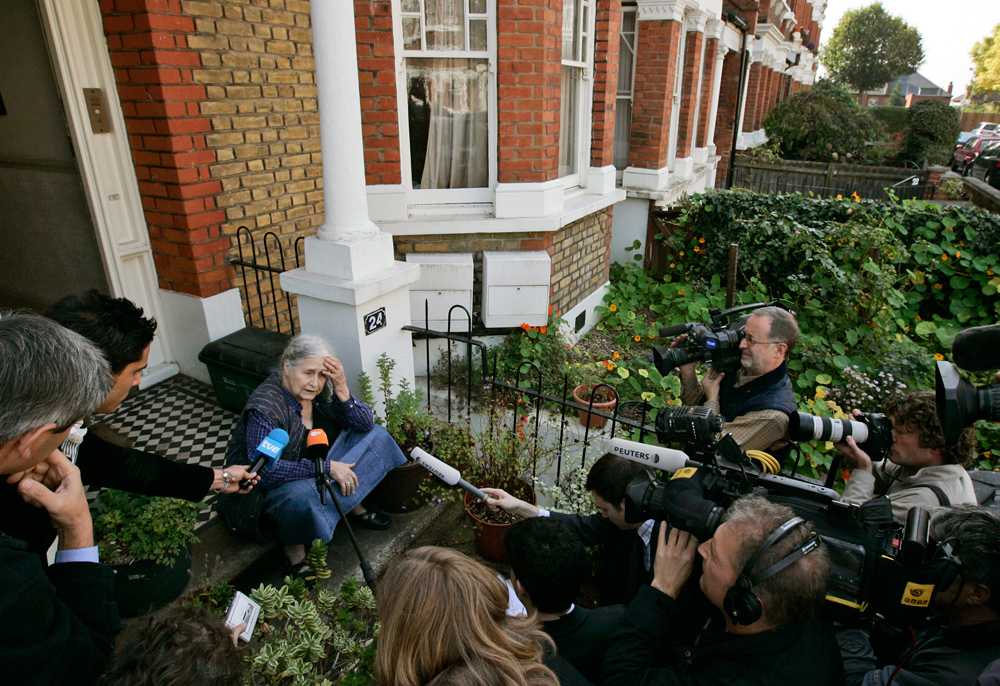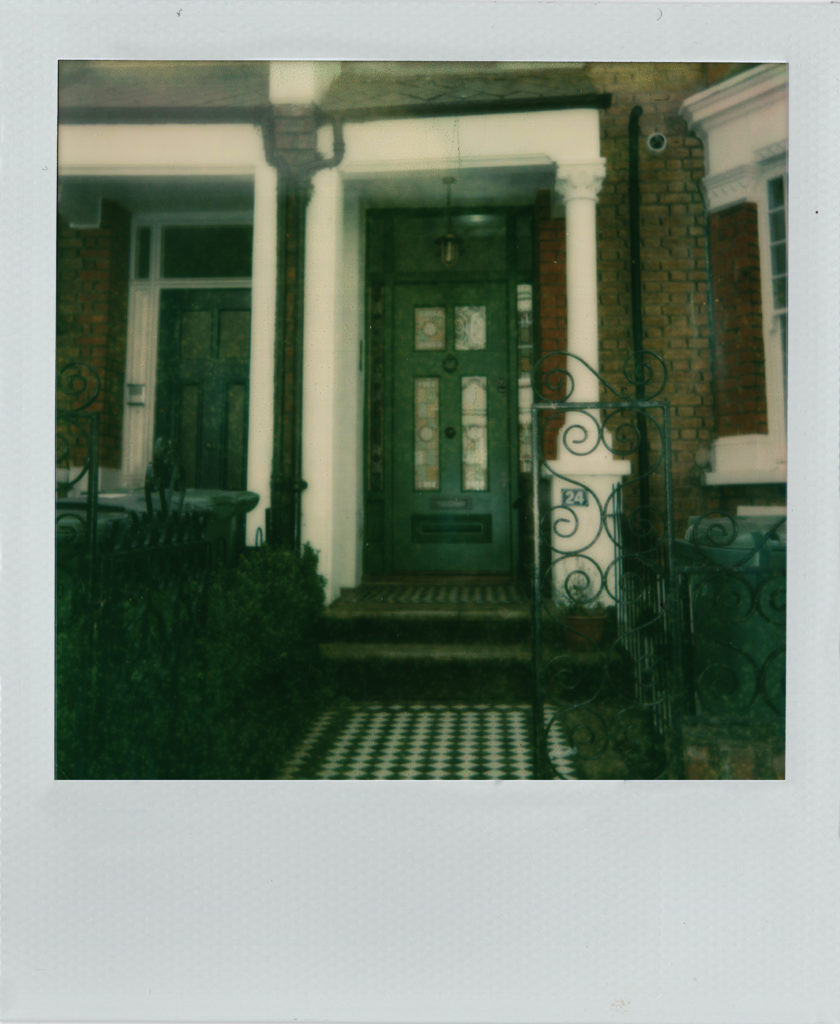In the latest instalment of his Analogue Ambles column, Adam Scovell hunts down the Hampstead doorstep from which Doris Lessing conducted her first interviews as a Nobel Prize winner

An elderly lady was getting out of a black Hackney. There were reporters all around, begging her for interviews and photographs as she slowly manoeuvred herself out of the cab’s door, making sure that she had paid the driver and not forgotten her shopping.
“Are you photographing me for some reason?” she asked.
“We’re photographing you, have you heard the news?” suggested an enthusiastic American.
“No?” she said briskly.
“You’re just won the Nobel Prize for literature.”
“Oh Christ…” she said.
This is roughly what happened on October the 11th 2007 when it was announced that Doris Lessing had won the Nobel Prize. Aside from being the oldest recipient at the time, she was only the twelfth woman and the eleventh British writer to be awarded it. In other words, the news was monumental for British literature. And yet Lessing was nothing less than practical in her reaction. She was returning from a hospital visit with her third son, Peter, who cheerily remarked on hearing the news “Well, a certain professor must have died.” On the way back, they’ve clearly picked up the week’s food, and the reporters trying to get quotes have to battle with Lessing remembering all of her vegetables on the backseat. “I’m sure you’d like some uplifting remarks,” she suggested. As many photographs show, she then proceeded to conduct her Nobel interviews from the doorstep of her house in Hampstead.
Though not living in London until after the Second World War, Lessing and her house certainly embody a particular vision of London literature; that same mould embodied by writers such as Anita Brookner, Judith Kerr and Angela Carter; where otherworldly literature rose from the grand houses of the capital. Though born in Iran and soon travelling and living in what is now Zimbabwe, Lessing eventually found herself as a telephone operator in Salisbury before finally moving to London in 1949. She divorced her second husband in the same year, London representing a new start of a marriage-free but writerly life, concentrating on her work and her politics.
Search for images of Lessing online and the likelihood is that the photographs will be of her and her Hampstead house, either from this day or from earlier interviews. Sometimes photographs have her situated at the window seat of the house, surrounded by pillows, cats and cacti. Others are taken in what looks to be an overgrown jungle of a garden at the back, the vines and nettles threatening to swallow the ornate garden furniture. But I often come back to the photographs taken on the day of the Nobel Prize, the furore over this decidedly modest, almost impatient woman, sat on her porch whilst holding either large bouquets of flowers or her head in her hands, dismayed by the chaos of it all. As she said to one interviewer, “I’m trying to think of something suitable to say. What do you think I should say? Tell me what to say and I’ll say it.”
Out of the four British Nobel laureates this century so far (V.S. Naipaul, Harold Pinter and Kazuo Ishiguro being the other three), Lessing’s award feels the most everyday out of the trio, simply because she was bizarrely the one who was doorstepped by the paparazzi almost instantly upon its announcement, and even more strangely before the writer themselves knew. Certainly, if the award in my mind could be fitted to a place, it could only be that of Lessing’s front garden and its makeshift press conference with potted plants and a garden path of intricate black and white tiles, as well as a lavish green door. It’s a most unusual connection and one that probably won’t be repeated anytime soon.
After researching where the house actually was – a surprisingly difficult task in that the house is not currently marked or celebrated as being that a previous Nobel laureate – I journeyed to Hampstead looking for it. The area will never fail to surprise or feel unusual to my eyes, with its endless hills always far steeper than first imagined, and its erratic collection of upper-middle-class street furniture. Getting off at the building site that is West Hampstead Thameslink station, I wandered through a cornucopia of Waitrose and pet salons, before turning into the residential streets of Mill Lane. Outside of the influence of new brands and businesses, the area’s streets feel frozen in time; such is the protection of their original designs and atmosphere. Even the alleyways are strangely beautiful, almost exotic even, like something out of a Frank Auerbach painting.
Turning off onto Gondar Gardens and up a hill so steep as to threaten to tip over the cars parked along the pavements, the house soon came into view. I wasn’t sure what to expect, and was certainly greeted by nothing less than a (probably very expensive) typical London house; no blue plaque or commemoration, just an ordinary, if lavish building minding its own business. Seeing so many commemorations of notable people all around London, part of me thought it was a shame to not mark Lessing’s time in the house, especially with it being so overtly and humorously connected to that day when she seemingly stumbled onto what is still the most recognised literary prize in the world. But the ordinariness of the house is exactly fitting and certainly in character for a writer who sat on the porch to give interviews to the world on the day when she was recognised rightly as one of the greats.
